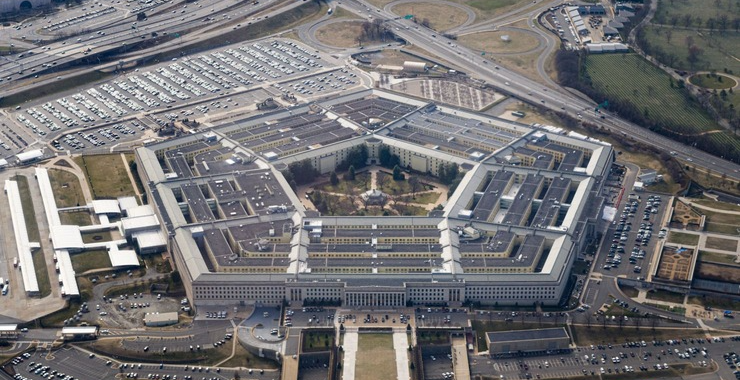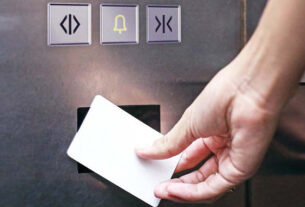Welcome back, my aspiring cyberwarriors!
This is my latest installment of our physical security series, which is a key element of any comprehensive security strategy. In this article you’ll learn the techniques used to protect personnel, hardware, and data from damage and loss.
Despite the focus on digital threats, the importance of proper physical security cannot be overstated. If your physical perimeter is compromised, it will be much easier to breach your digital perimeter.

The Evolution of Physical Security
The concept of physical security dates back to the dawn of civilization. In ancient times, humans relied on natural barriers such as rivers and cliffs, along with rudimentary fortifications, to protect their communities and resources.
In ancient Egypt and Mesopotamia, we see some of the earliest mechanical locks, which utilized simple pin systems that bear a striking resemblance to modern pin-tumbler locks.

The Middle Ages saw the rise of imposing castles and fortresses, complete with moats, drawbridges, and increasingly complex lock systems. Locksmiths of this era were highly respected artisans, often creating intricate locking mechanisms for royalty and nobility.

The 20th century marked the advent of electronic security systems, revolutionizing the field with the introduction of alarm systems, surveillance cameras, and electronic access control.

In the 21st century, physical security has increasingly integrated with cybersecurity. Modern systems now often incorporate biometrics, artificial intelligence, and Internet of Things (IoT) devices.

Core Concepts of Physical Security
Perimeter Security

Perimeter security serves as the first line of defense in physical security, marking the boundary between public and private space. Effective perimeter security involves multiple elements working together. Fences and walls are the most visible components. High-security facilities often use reinforced concrete walls topped with razor wire to secure their perimeter.
Another important aspect is lighting. Security lighting plays a dual role, deterring intruders by increasing the chances of detection and supporting surveillance efforts, whether by humans or cameras. Modern lighting systems often incorporate motion sensors to conserve energy and provide additional alerts.
Intrusion detection systems add a technological layer to perimeter security. These can range from basic motion detectors to advanced systems using a combination of sensors, including seismic sensors to detect underground tunneling attempts.
Access Control

Access control is the practice of restricting entry to a property, building, or room to authorized individuals. Key management, one of the oldest forms of access control, remains relevant but has shifted toward electronic systems rather than physical keys.
In many environments, access cards and biometric systems have largely replaced traditional keys. These systems provide greater flexibility and security. Access cards can be quickly deactivated if lost or stolen, and access rights can be modified without replacing physical locks. Biometric systems, which use unique physical traits like fingerprints or retinal patterns, offer even higher security.

Another important component is patrolling. Unlike cameras, human guards can respond immediately to security breaches and exercise judgment in ambiguous situations. The most effective security strategies often combine electronic surveillance with human oversight.

Tailgating, also known as piggybacking, occurs when an unauthorized individual follows an authorized person into a restricted area. There is a great example of this technique in the Mr. Robot series. In Season 3, Episode 6 Elliot infiltrates Steel Mountain to connect his Raspberry Pi loaded with a program to override the climate control system and destroy E Corp’s tape backups.
Many organizations implement strict “one card, one person” policies for accessing controlled areas. This policy is often reinforced through security awareness training, teaching employees to be alert to unauthorized individuals attempting to follow them through secure entrances.

Summary
Physical security is a complex field that requires a well-rounded approach. Every layer, from the outer perimeter to the most sensitive areas, plays a key role in protecting assets and information. Without strong physical security measures, it is impossible to build a solid security strategy, as they remain essential in defending against evolving threats.




